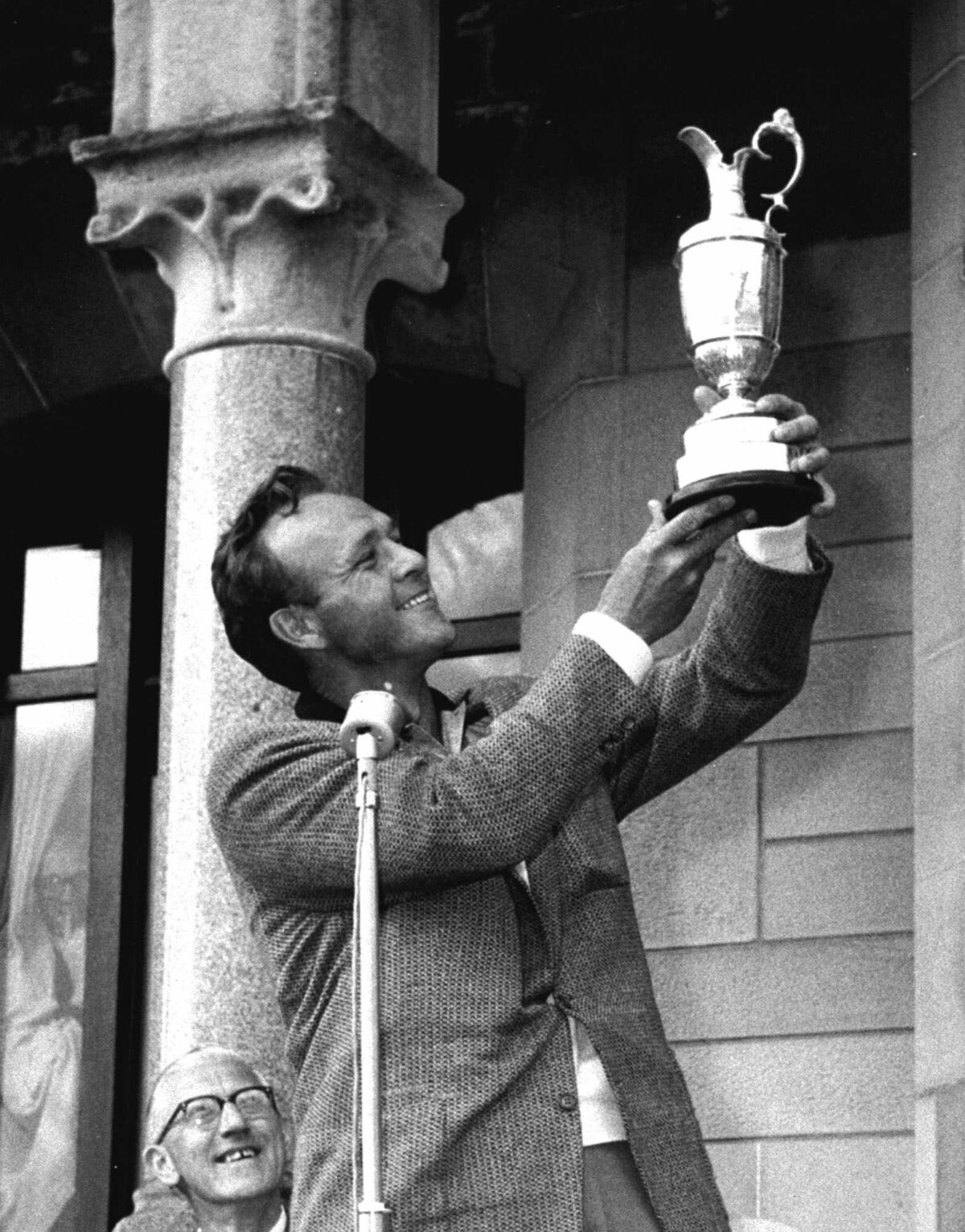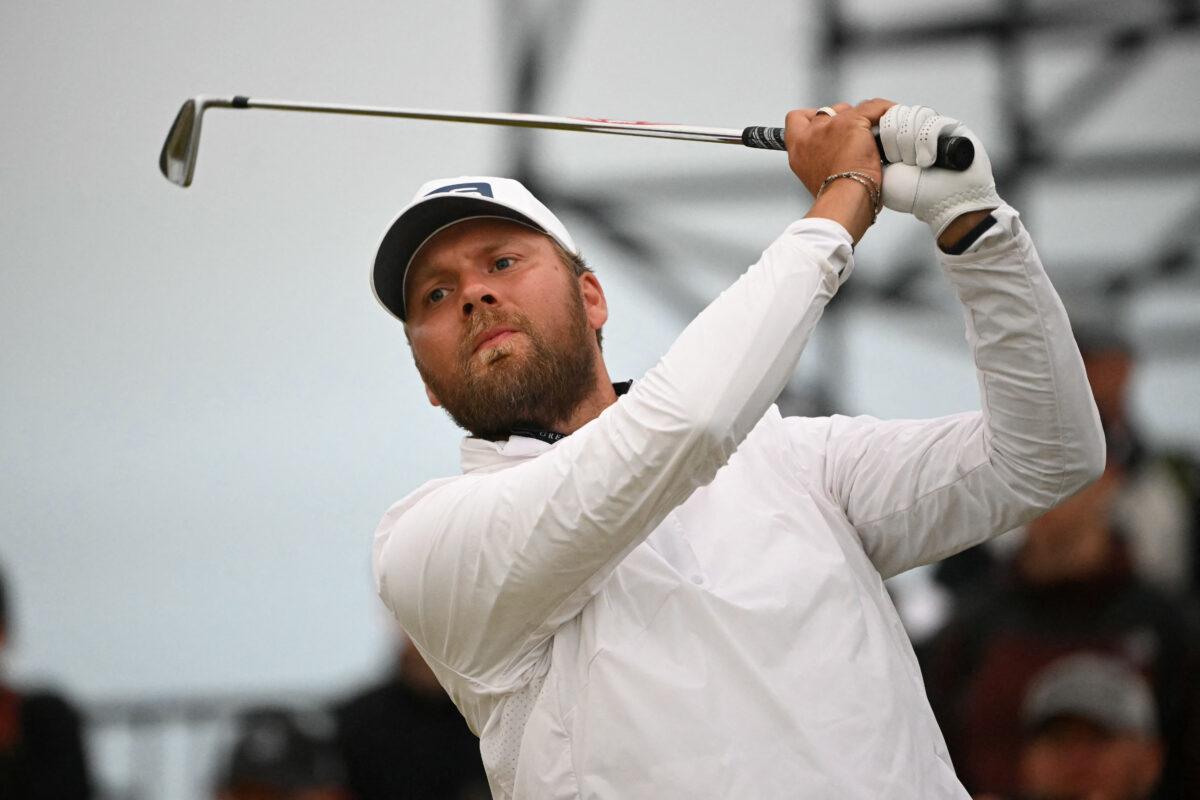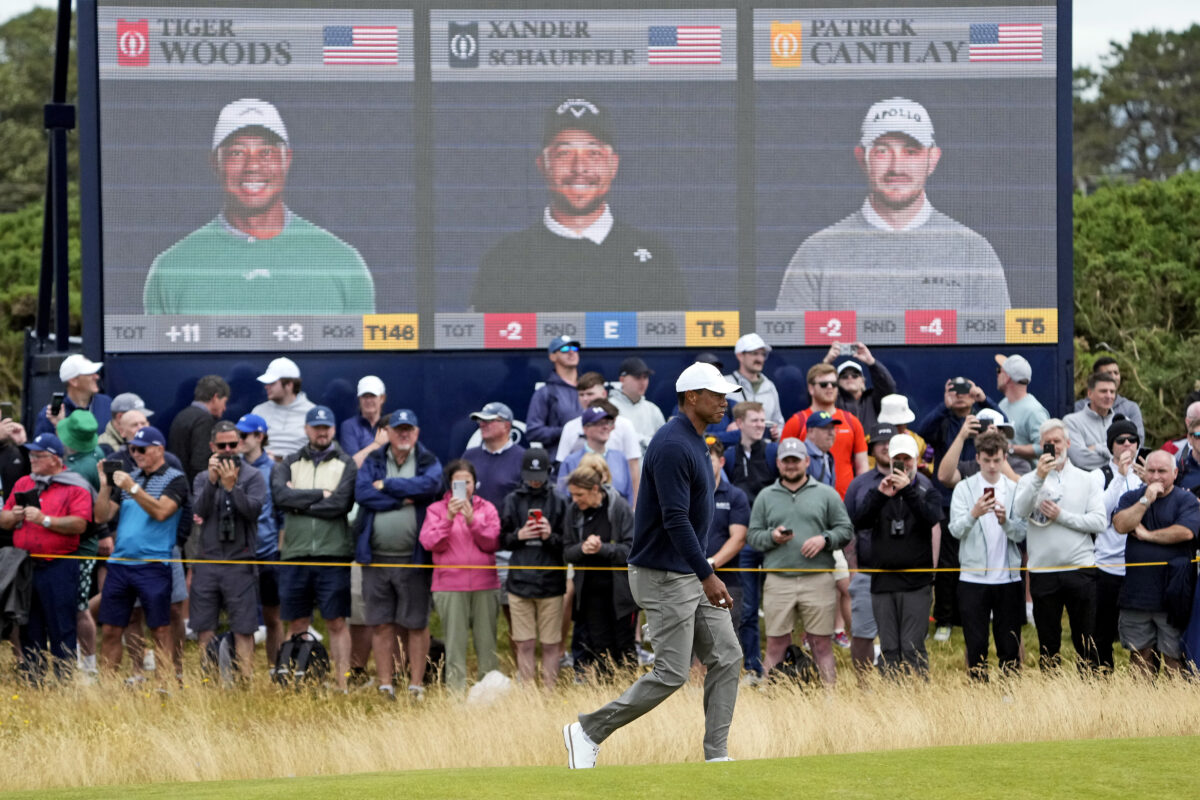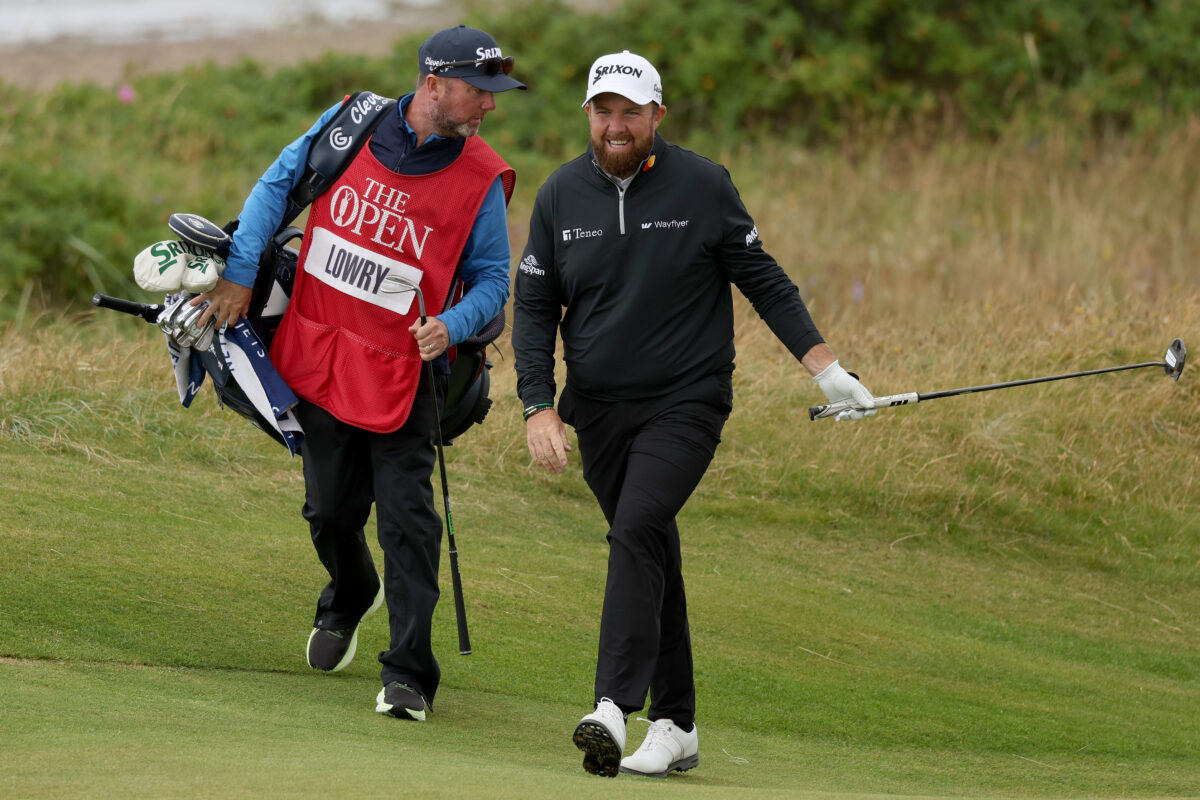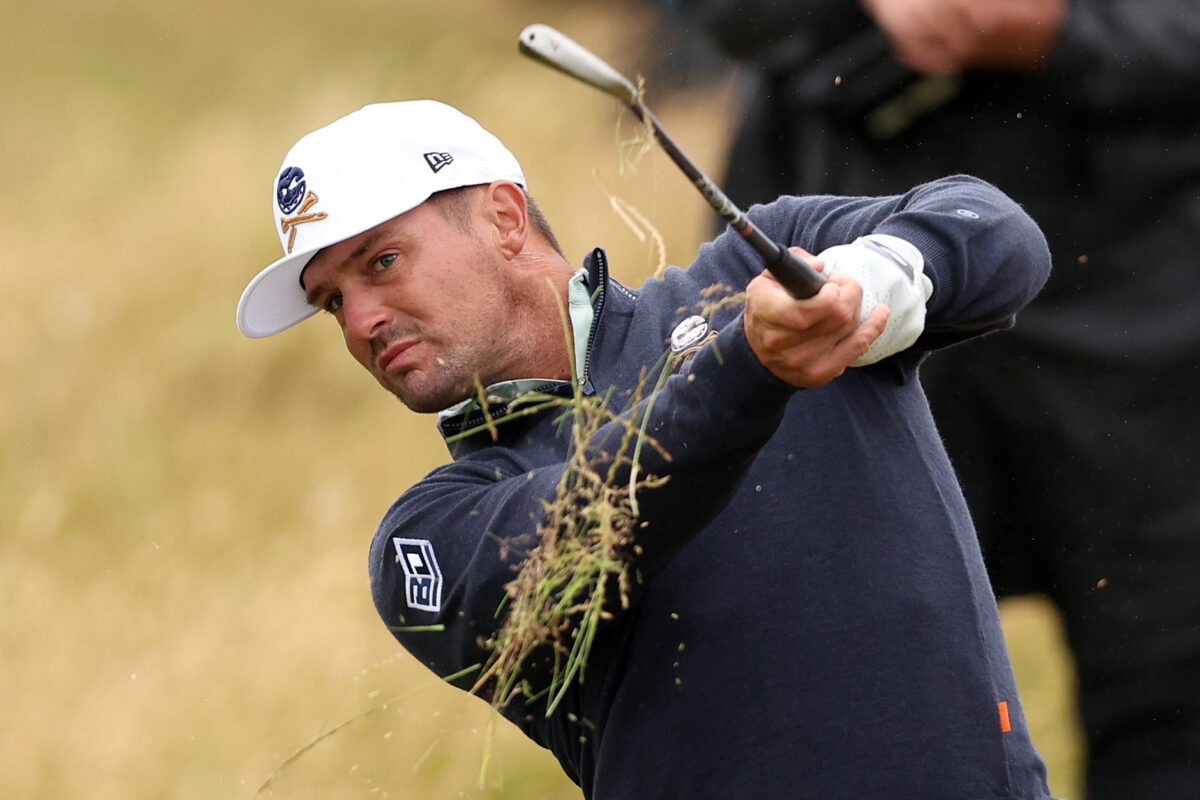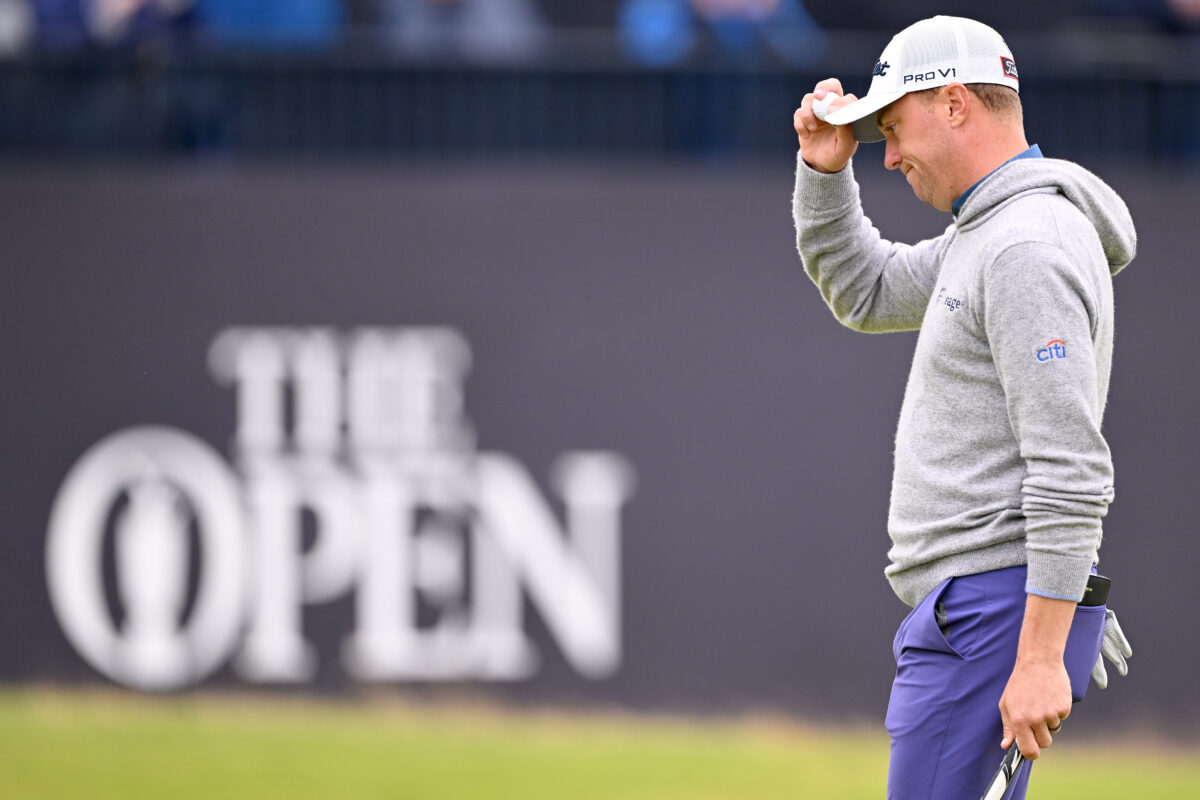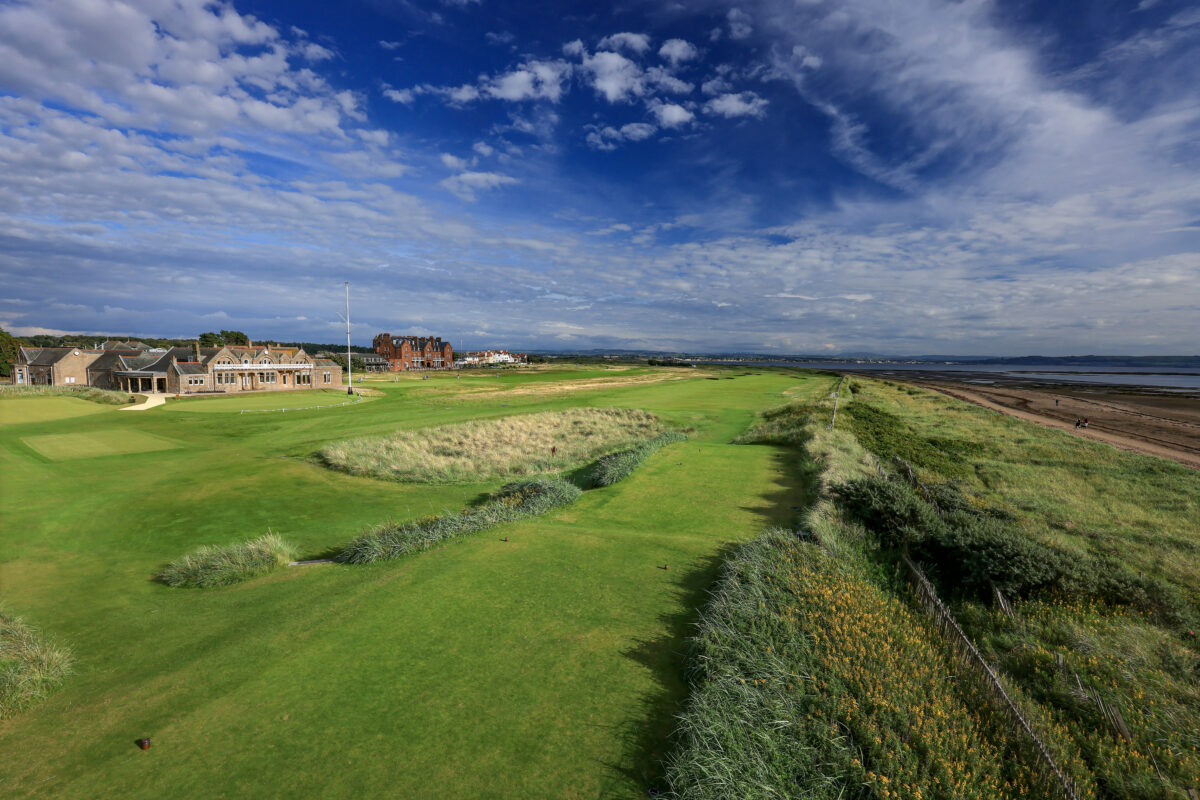Tiger Woods returned to his home on Jupiter Island much sooner than he hoped after another failed attempt to play into the weekend at a major championship.
But the 15-time major winner had a notable week beyond posting a two-day total 14-over 156 at Scotland’s Royal Troon Golf Course.
Tiger has missed the cut in three consecutive majors for just the second time in his career, and he’s failed to finish six of eight majors he’s entered since his February 2021 accident.
But before revealing Friday he’s done playing competitive golf until the Hero World Challenge in the Bahamas in early December, and confirming he will return to the PNC Championship in Orlando on Dec. 20 to once again play with his son, Charlie — Tiger called the tournament once known as the “father-son” the “fifth major” — Tiger had an eventful week.
Tiger was impacted by the assassination attempt on Donald Trump, telling the BBC he watched coverage of the shooting the entire flight to Scotland and was not in the “right frame of mind” when he arrived. Trump emerged from the shooting with a bloodied right ear.
“I didn’t accomplish a lot because I wasn’t in the right frame of mind,” he said. “It was a long night and that’s all we watched the entire time on the way over here.
“I didn’t sleep at all on the flight, and then we just got on the golf course.”
Tiger and Trump, who lives in Palm Beach, are on friendly terms. The two have played golf together and in 2019 Trump awarded Tiger the Presidential Medal of Freedom.
Tiger, though, did not arrive at the first tee wearing a large bandage on his right ear like some of Trump’s followers at the Republican National Convention.
More: Was that social media post of Donald Trump playing golf after getting shot accurate? We fact-checked it
Tiger’s slam dunk on Montgomerie

By Tuesday, though, Tiger was slam dunking on Scottish golfer Colin Montgomerie, who suggested last week the 48-year-old might want to consider retiring in wake of his recent underwhelming results in major championships.
“You think, ‘What the hell is he doing?’ ” said Montgomerie, 61, while adding that Tiger has lost his enjoyment and passion for the game.
Montgomerie, by the way, has won exactly 15 fewer major championships than Tiger, and Tiger let the world know that in his retort.
“As a past champion, I’m exempt until I’m 60,” Woods, who has won three Claret Jugs, said Tuesday.
“Colin’s not. He’s not a past champion, so he’s not exempt so he doesn’t get the opportunity to make that decision. I do.”
Montgomerie can have his opinion when it comes to one of the greatest athletes — and still one of the most popular — of all time. But he has to expect blowback, and he cannot expect anyone to take seriously the age-old excuse of saying he was taken out of context, which he did on social media.
Because what we saw this week as Tiger continued his determined quest to regain his form after more injuries than Montgomerie has PGA Tour wins — actually, anyone with one injury has more than Montgomerie has won on the PGA Tour — and that horrific accident more than three years ago, suggests once again nobody moves the needle in this sport like Tiger.
Even with Tiger ranked No. 874 in the world.
Tiger preparing for next event
So for those wondering where Tiger goes next … he made it clear he’s heading to the range and the gym the rest of year. That is, after watching son Charlie make his U.S. Junior Amateur debut next week at Oakland Hills Country Club in Michigan.
In fact, Tiger was asked this week about Charlie, a rising sophomore at The Benjamin School, and if he was thinking about his son’s next step.
“Not when I’m playing, no,” he said. “When I’m working, I’m working. When I’m at home, away from the golf course, yeah, I do talk to him. We’re working on getting his game right.”
That makes two in the Woods family because Tiger has a long way to go to get his game back on track. And that does not mean back to the most dominant player on the planet. No, that title now belongs to Scottie Scheffler.
But at least back to a spot where a man who has won 82 times on the PGA Tour, tied with Sam Snead for the most, can play on the weekend again. Tiger likely will enter 2025 with a similar goal he set for 2024, but did not accomplish, of playing one event a month, through at least the four majors.
Since the 2021 accident, Tiger has played 26 rounds in 10 official PGA Tour events, eight being majors. Of those, he has finished three, withdrawn from three and missed the cut four times. He has not placed higher than 45th.
“I’d like to have played more but I just wanted to make sure that I was able to play the major championships this year,” Tiger said Friday following his 77. Tiger had 11 bogeys, three doubles and three birdies in the two days.
“I got a lot of time off to get better, to be better physically, which has been the case all year. I’ve gotten better, even though my results haven’t shown it, but physically I’ve gotten better, which is great.
“I seem to keep progressing like that and eventually start playing more competitively and start getting into the competitive flow again.”
That does not sound like a man ready to take advice from Colin Montgomerie.
Tom D’Angelo is a senior sports columnist and golf reporter for The Palm Beach Post. He can be reached at tdangelo@pbpost.com.

